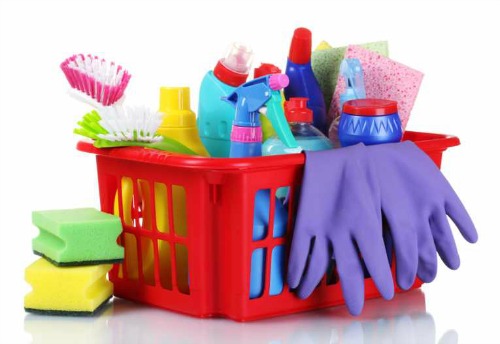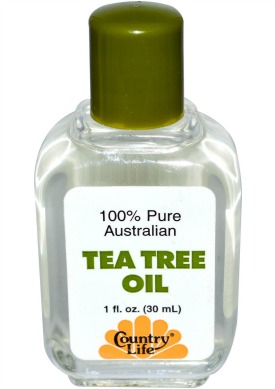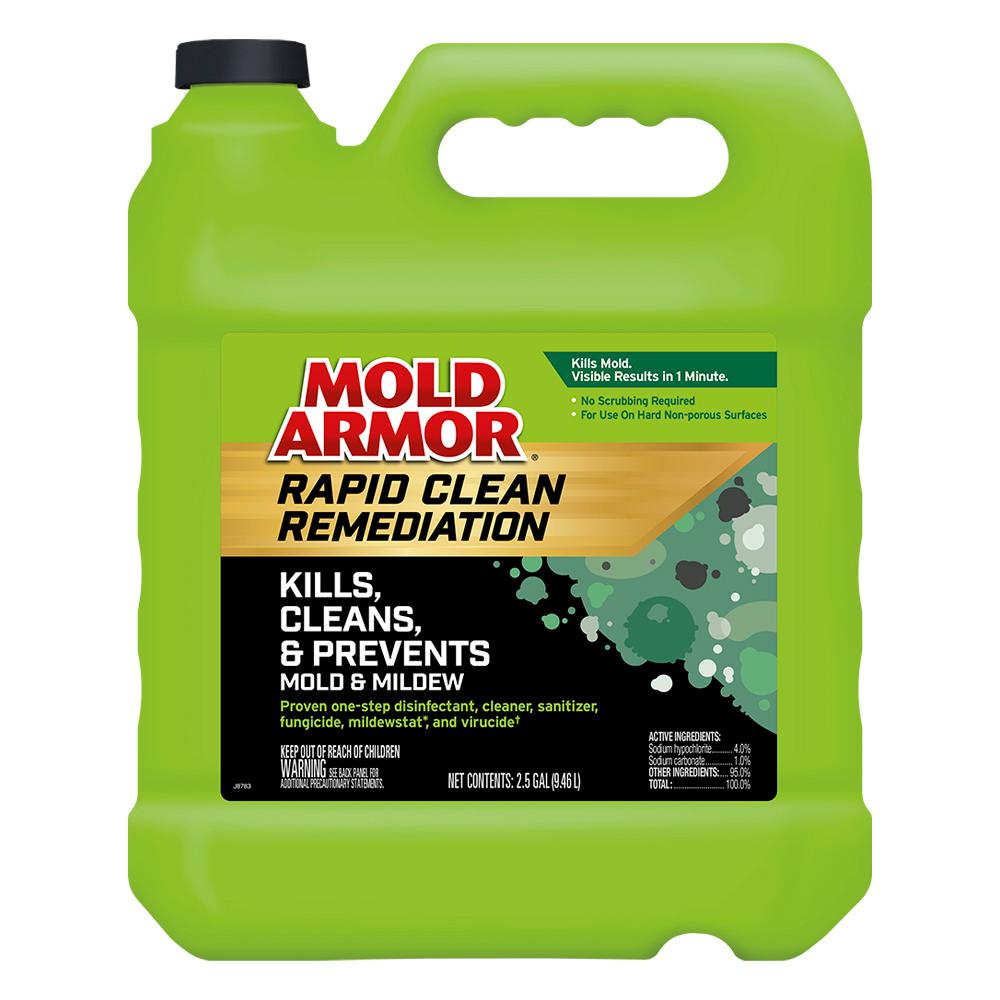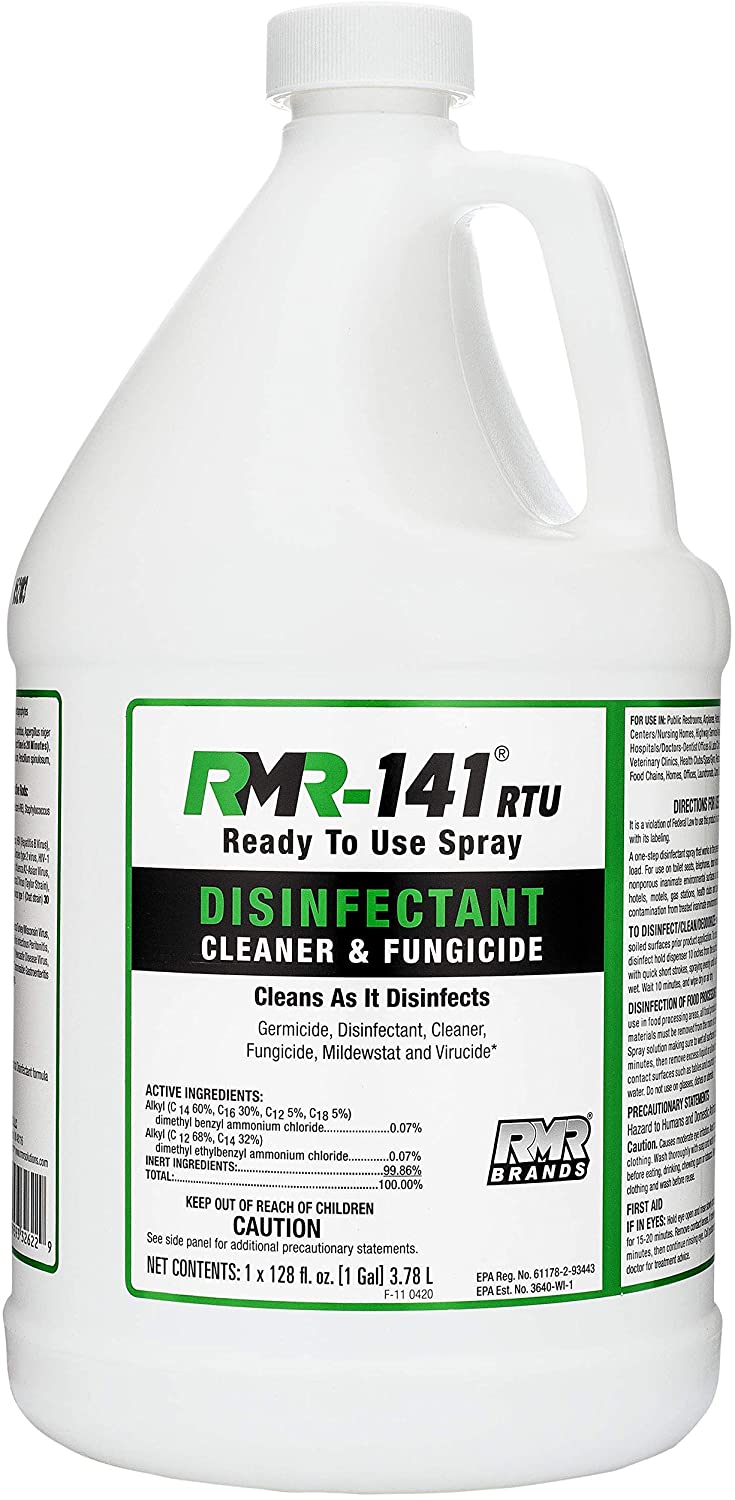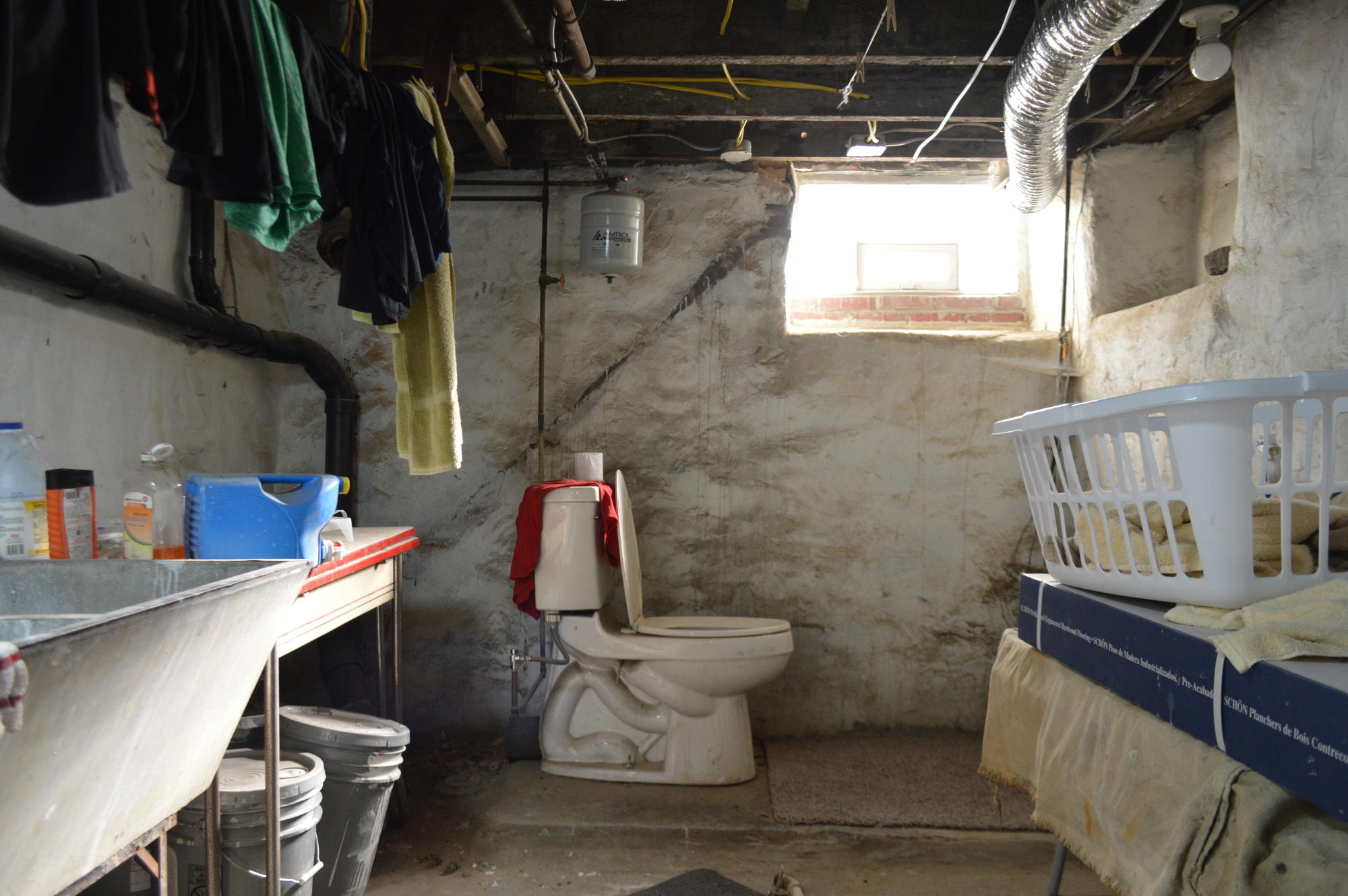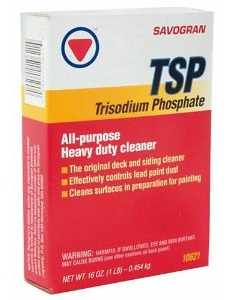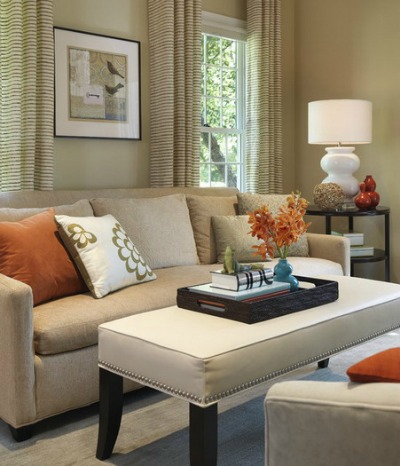Getting Rid of Mold
For a faster, more profitable home sale
Getting rid of mold should be a priority when you're preparing your home for the real estate market. The presence of mold can not only lower the value of your home, but will most likely ruin any potential home sale.
If you're living in a moldy home, you should be worried about how it may be adversely affecting your health.
What is mold?
Mold is a type of fungus that produces spores. Mold spores are constantly floating around, inside the home and outside.
Most people know that mold spores thrive in a warm, damp environments, typically about 77 to 86 degrees fahrenheit.
If you're planning to sell your house, be sure to check for mold in every bathroom, the basement, crawl space, in the attic, around windows, ceiling tiles, inside walls, floors, carpeting, wood furniture, under every sink and even inside closets.
A musty smell will often alert you to the presence of mold.
With the right combination of events, such as a leak or flooding, mold can grow practically anywhere.
All it needs is a supply of moisture, oxygen and an organic food source like organic or carbon-based materials (paper products, drywall, wood, upholstered furniture, carpets, etc.)
Certain molds, like black mold, are extremely toxic and can cause serious health problems. You must wear appropriate protective clothing and gear during the removal process.
Some molds contain toxins, called mycotoxins that can set off allergic reactions in many people. Inhaling or ingesting mold or mildew can trigger asthma or allergies, bronchitis, headaches, pneumonia, lung infections, and irritation of the eyes and throat.
Black mold is particularly dangerous to the elderly, young children and babies. My husband developed asthma while working in the crawl space of a moldy house.
If you're unsure of the type of mold you have, a home mold test kit lets you do your own testing and guides you on the proper steps to take.
Textures and colors of mold
When it's visible, mold can be seen in a variety of different colors, textures, and shapes. Most of us are familiar with black mold, but other molds can be pink, white, gray, green, even blue, purple and red!
The texture of mold also varies, ranging from powdery, fuzzy, to moist and slimy.
What is the difference between mold and mildew?
Many people believe that mildew is less toxic than mold because it grows on surfaces, is lighter in color and flatter in height. Mildew has a powdery, flat texture and is usually white or gray.
But certain types of mildew are really common molds that manufacture harmful mycotoxins. The same safety precautions used in remediating mold should be taken when removing mildew.
Because mildew grows on surfaces, it is easier to remove than a deeply imbedded mold.
Your mold cleaning arsenal
SUPPLIES
- Eye protection (for black mold)
- disposable protective suit (for black mold)
- rubber gloves
- hard bristled scrub brush
- sponges, rags
- Garbage bags for mold disposal
- Vacuum with a HEPA filter
- Surfactant (Soap) Use something like Dawn dishwashing liquid
- Disinfectant of your choice, (see below)
Before you get started...
First assess the situation...how much mold do you have? What kind of surface is it covering? Can you identify the type of mold?
It's vital that you contain the mold during removal and properly dispose of it to avoid sending additional spores throughout your home.
The type of surface will also make a huge difference. For instance, a porous surface, like drywall, wood or acoustical ceiling tile may need to be carefully cut out and replaced. Why? Because surface cleaning alone won't penetrate a porous surface if the mold has set down roots.
Mold is easily wiped away from a non-porous surface like glass.
Some professionals recommend that any contaminated area larger than 10 square feet should be referred to a mold remediation expert.
A mold remediation company will not only remove the mold, they will also repair any moisture problems by fixing drainage and ventilation problems, as well. As long as a moisture problem exists, you will have mold.
People who have a compromised immune system should NOT be cleaning up mold! Even cleaning a mere square foot is dangerous for their health.
Steps for removing mold
1. Scrub the affected area with soap and water to clean up most of the mold. Use a detergent or soap, like Dawn dish soap.
2. Next, spray your disinfectant of choice over the affected AND SURROUNDING AREAS. Thoroughly soak the area and allow the disinfectant to dry.
3. Dispose of all the cleaning supplies; this includes sponges, rags, disposable clothing, gloves, etc. Seal tightly in a plastic bag to prevent any spores from escaping. Vacuum the area thoroughly to catch any remaining mold spores.
If mold persists in spite of your best efforts, call in a professional mold remediator.
Non-toxic cleaning products for removing mold & mildew
There are plenty of commercial products effective at getting rid of mold, but some are quite toxic and will often damage surfaces. If you prefer to use a “friendlier” product, take a look at the natural alternatives below.
Tea Tree Oil - Tea Tree Oil is an essential oil with a strong smell akin to turpentine or camphor-- a few drops goes a long way. It's a noted anti-bacterial and fungal fighter. It also does wonders on human conditions like toe fungus, cradle cap, cuts, burns and eczema.
To make an all-purpose cleaner with tea tree oil, combine two teaspoons of tea tree oil with two cups of water in a spray bottle. Shake well and spray on affected areas. Let dry.
White vinegar - Vinegar is another proven bacteria and virus killer. Plus, it’s really cheap and can be applied to most surfaces. A 5% solution of vinegar and water has been proven to kill 99% of bacteria, 82% mold, and 80% of viruses. Fill a spray bottle with water and 5% vinegar, shake well and spray on the mold. For heavy mildew stains, sponge on full strength. Let dry.
Baking Soda - Add 1/2 cup baking soda to your washing machine (along with your regular detergent) to remove mold from a shower curtain or clothing. Add 1/2 cup of vinegar during the rinse cycle. Hang to dry.
Lemon juice - For mildewed clothing, mix up a paste of lemon juice and salt and rub into the affected area. Allow to dry in the sun. (This may lighten clothing on the affected areas.) Repeat if necessary.
Grapefruit seed extract or GSA - This product, along with tea tree oil, can be found on Amazon, or at my favorite online health food store, the vitamin shoppe.
To make a cleaning solution, fill a spray bottle with two cups of water and 20 drops of GSA. Spray on affected areas without rinsing. Let dry.
Bioclean - Bioclean is an all-purpose cleaner containing natural products of grapefruit seed and orange peel. Look for this affordable and great smelling product at biokleenhome.com. (Only shipped in the U.S.)
Hardcore products for removing mold
RMR-141 - Voted one of the best mold removal products for 2021, RMR-141 Disinfectant and Cleaner kills 99% of Household Bacteria and Viruses, Fungicide Kills Mold & Mildew, EPA Registered. Find this product at Lowes or Amazon.
Mold Armor Rapid Clean Remediation - Also voted one of the best mold killers for 2021. It kills, cleans and prevents mold and mildew. Look for this product at Home Depot or Amazon.
Chlorine Bleach - Bleach is a cheap and well known bacteria slayer. It kills mold, spores and allergens on hard non-porous surfaces, (like tile and countertops) but may not get all the mold on porous surfaces like drywall, as the mold may be deeply embedded.
Work in a well ventilated area when using chlorine bleach. Wear gloves, protective clothing and eye wear.
Mix one cup of bleach to a gallon of water in a bucket. Pour some of the mixture into a spray bottle. Spray onto affected surface and let it set for five minutes. Rinse with warm water, using a sponge or rag. Air dry. Repeat if necessary.
Ammonia - In a spray bottle, combine 50% ammonia to 50% water.
WARNING!
Never mix ammonia with bleach, as this will produce mustard gas, a toxic and deadly fume!
In a well-ventilated area, spray the ammonia mixture on the affected surface. Leave on for two to three hours before rinsing off.
Johnson’s Scrubbing Bubbles Bathroom Cleaner - Kills up to 99.99% of common bacteria and does a fantastic job removing pink mold in the bathroom shower, toilet and bathtub. This product does most of the work for you and requires little scrubbing. I use it to remove mold on windowsill caulking, as well.
Hydrogen Peroxide - In a spray bottle, mix a solution of 3% hydrogen peroxide with water. Spray onto the affected area and leave on for 10 minutes. Rinse and allow to air dry.
Borax - Borax is useful for removing mold and mildew from fabrics and upholstery. Make a solution of 1/2 cup of borax dissolved in two cups of hot water. Soak a sponge in this solution and rub the affected areas. Let the affected article soak in this solution for two hours, or until the stain disappears. Rinse well.
How to kill black mold
 It looks like someone tried to scrub the mold off the drywall in this picture! The only solution is to cut out the affected areas and replace with new drywall.
It looks like someone tried to scrub the mold off the drywall in this picture! The only solution is to cut out the affected areas and replace with new drywall.Black mold, or Stachybotrys Atra, is the toxic mold that sends home buyers scurrying back to their cars!
As a former real estate agent, I can attest to this. I had a client ready to sign the papers on a very flawed house until she discovered the smallest patch of black mold in the upper corner of a bedroom closet.
How do you know if you have black mold? You can usually identify it by its musty smell. In appearance, it looks black and spotty, or greenish-black. The greenish-black color is not typical in other types of mold.
Black mold is caused by moisture build-up in your home. You often find it in houses where the heat has been turned off for a period of time.
The first thing your need to do is find the source of the moisture problem and repair it. The area should be dried thoroughly with a shop vac and/or dehumidifier.
One reader asked me if she should sweep the mold with a broom. NO...NEVER SWEEP MOLD INSIDE! Doing so will disperse deadly mold spores all over your home.
Before you tackle the cleaning, seal off the area with plastic sheeting and duct tape to prevent spores from spreading to other rooms in your home. Cover any open vents as well.
If the black mold is on a porous surface like drywall, you may need to replace it and the area surrounding it to make sure you got it all.
If it's just a tiny bit of surface mold, paint over it with Zinsser Mold Killing Primer after you've removed the mold.
If you suspect you have dangerous black mold in your home, contact a mold remediation service to inspect it for you, especially if your home is greatly affected.
How to remove pink mold
Pink mold isn't really a mold, it's an airborne bacteria called Serratia marcescens. The pink color is caused by a biofilm, or a colony of bacteria.
Pink mold is fairly harmless to most people, but can be dangerous for those with compromised health.
Exposure through the eyes, mouth, or cuts in the skin can cause respiratory infections, conjunctivitis or urinary tract infections.
Pink mold loves a moist environment and can be found around the edges of showers and bathtubs, in tile grout, sinks and toilets.
Pink mold feeds on moisture and shampoo and soap residue, but thankfully, it's fairly easy to get rid of.
Cleaning supplies for pink mold:
- Hydrogen peroxide
- Vinegar
- Baking soda
- Sponge or rags
- Container for pouring water
- Old toothbrush
- Chlorine bleach powder
- Pour vinegar on a sponge or rag and scrub at the pink mold. Remove as much mold as possible. Rinse off with water.
- Mix hydrogen peroxide and 3 oz. of baking soda into a paste. Dip the toothbrush into the paste and scrub the mold. This should remove any remaining mold left behind after the first step. Rinse with water.
Disinfect
After removing the pink mold, disinfect the area with bleach to keep the mold from returning.
Mix a solution of six ounces of chlorine bleach powder and warm water and pour into a spray bottle. Shake, then spray directly onto the effected areas that you just cleaned. Allow the solution to set for 10 minutes. Scrub with a soft-bristle brush, rinse, then dry the surfaces with a clean towel.
Quick cleaning solution for pink mold
Spray "Johnson Scrubbing Bubble Bathroom Cleaner onto the affected (non-porous) surface, let it sit for five minutes or longer, scrub or wipe off. Rinse and repeat, if needed.
Running your bathroom fan for at least 20 minutes after showering will remove excess moisture.
Getting rid of mold and mildew in the basement
SUPPLIES NEEDED TO REMOVE MOLD FROM A BASEMENT:
- respirator or dust mask
- rubber gloves
- bleach
- detergent
- large sponges
- eye protection
- dehumidifier or fan
- shop vac (if you have a lot of standing water)
Throw out everything that has absorbed water or become moldy; carpets, books, papers, clothing, etc.
Vacuum and sponge up any water. Make necessary repairs to fix the leak. Ventilate the basement with a dehumidifier or fan to remove excess humidity.
Scrub all non-porous surfaces; like metals, plastics, solid wood and concrete with a detergent and water mix. Clean up your wash water with a wet shop vac or sponge.
Prepare a solution of 10 percent bleach with water. Spray this disinfectant on the same non-porous surfaces and let it set for 10 minutes. Rinse, then vacuum or sponge up excess water.
Keep an eye on the cleaned surfaces for a couple days for any signs of new mold growth. Keep the dehumidifier or fan running until your basement or cellar is dry.
Remove mold before painting
If you've discovered mold where you plan to paint, you need to kill it before doing so.
If you add your beautiful paint colors on top of the mold, it will come back to haunt you! The same is true of cigarette residue.
Watch the video by BenjaminMoore Paints below for tips on removing mold before painting.
How to remove a musty mildew odor
If a musty odor persists, even after drying the basement out, try sprinkling the floor with chlorinated lime. Chlorinated lime is a bleaching powder and disinfectant, available at most hardware stores. (Keep pets out of the basement during this process.)
When the odor has disappeared, sweep up the powder and dispose of it in a plastic bag and seal. Avoid contact with your skin.
For odors coming from tiled surfaces in bathrooms or cement, scrub with a solution of sodium hypochlorite or chlorine bleach . Sodium hypochlorite is a compound used for water purification, bleaching, odor removal and water disinfection. Find it wherever pool supplies are sold. It has twice the cleaning power as regular household bleach.
Add 1/2 cup of bleach, or 1/4 cup of sodium hypochlorite to a gallon of water. Rinse with clean water and wipe dry. Keep the room well ventilated until everything is thoroughly dry.
How to remove mold from other surfaces
Tile grout - Mix equal parts of bleach and water in a spray bottle. Spray this solution on the grout and let it sit for about 15 minutes. Scrub with a stiff brush, then rinse. Reseal the grout after it dries.
Shower curtain - For white shower curtains and liners, add 1/2 cup of bleach and 1/4 cup detergent to your washing machine. Wash in warm water, then hang dry. For a colored shower curtain, add 1/2 cup baking soda to the wash cycle, then 1/2 white vinegar during the rinse cycle. Hang dry.
Wood exterior siding - First, wet down the siding with a hose. Then spray or brush on with a solution of 1/4 cup bleach in two gallons of water. Leave on 15 minutes. Rinse. If stubborn mold persists, you may have to scrub with a long handled brush. Repeat if necessary.
Cement and stucco exterior siding - Add one cup of bleach to two gallons of water and apply to the siding. Scrub the surface with a stiff brush. If this doesn’t work, try scrubbing with 1/2 cup of sodium carbonate dissolved in two gallons of warm water. Sodium carbonate is NOT baking soda; it's a compound used in making soap powders, glass and paper.
Arm & Hammer makes a product called “washing soda," which you can find in the spa section at home improvement centers. Look for 100% sodium carbonate. Sodium carbonate can damage the skin and eyes, so wear eye protection and gloves.
Wood - Combine 1/2 cup of TSP, (trisodium phosphate) with one gallon of hot water in a bucket. Available at any home improvement store.
Stir the solution well. Wearing rubber gloves, dip a soft scrub brush into the mixture and scrub the affected area. Keep dipping and scrubbing the wood surface, making sure to get into every crevice. Rinse with a hose.
NOTE: If mold is growing under the surface of the paint or varnish, you'll need to strip the paint or varnish off before treating the mold.
Clothing - Removing mold and mildew from clothing is really difficult. If moldy, it's better to just toss it, because mold will stain fabrics and the smell never goes away.
You can often save mildewed fabrics, but it takes persistence. Wash mildewed fabrics by adding 3/4 cup white vinegar to a load of wash. Repeat if necessary. Do a final wash with detergent to clean thoroughly. Dry outside in the sun.
Upholstered Furniture and Mattresses
1. Wearing breathing protection, take the item outside to brush off as much loose mold as possible. DON'T do this inside, as you'll release spores inside the house. Use a broom or small brush.
2. Second, with a vacuum cleaner attachment, vacuum over the surface of the affected item to release and remove the mold. (Remove the vacuum bag outside, seal and toss.)
3. Next, sponge the item lightly with a mixture of water and detergent, then wipe clean with a dry cloth. Don't saturate the article--try to get as little water on the fabric as possible. If you have a sunny day, allow the article to dry outside. If not, use an electric heater or fan for drying.
4. Another option is to simply wipe your furniture with a cloth dipped into a mixture of one cup rubbing alcohol to one cup water. Dry thoroughly.
Leather - Wipe leather with a cloth dipped into a solution of one cup rubbing alcohol to one cup water. Turn fans on the item to dry.
If the problem persists, wash with detergent and water or saddle soap. Wipe with a clean damp cloth and allow to dry. Look for Kiwi Outdoor Saddle Soap on Amazon.
Sheetrock/Drywall - First, determine whether the surface of your sheetrock is sealed (painted) or unfinished. Cover the area with plastic sheeting and tape into place. Wear protective goggles, mask and gloves.
Painted or Sealed Drywall: Using the mold cleaning product of your choice:
- Pour the cleaning solution into a spray bottle and shake to combine.
- Spray a small amount of the solution onto the mold, taking care not to drench to the point where the solution begins dripping.
- Scrub the area with an old sponge or toothbrush. Continue to scrub until the mold stain is no longer visible.
- Dry the area with a fan.
- When the area is completely dry, apply a stain-blocking primer paint.
Unpainted Drywall: Unpainted and moldy drywall should be cut out and replaced with a new piece. The cut out portion should be larger than the size of the mold stain to make sure you capture any surrounding mold.
Before applying the new piece, paint inside the affected wall cavity and on the backside of the new piece of drywall with Kilz or Zinsser mold killing primer. These are water-based fungicidal coatings that will kill any existing fungal organisms.
Vacuum the entire area with a HEPA vacuum. Mold spores could have been released during the removal process and landed on the surrounding walls or flooring.
Return from getting rid of mold to diy home improvement
Go to home page
Updated 01-02-2023


